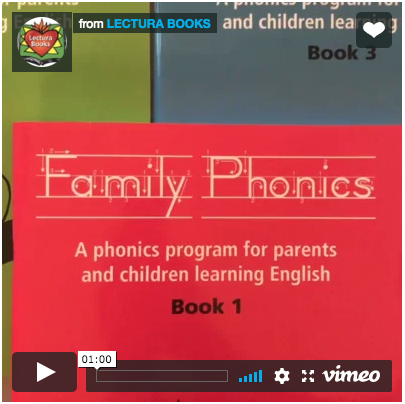Teachers oftentimes notice that their English Language Learner (ELL) students struggle with reading – especially if there are native English language speakers in the same classroom. Furthermore, it can be difficult to pinpoint whether or not the ELL student truly has weak reading skills, or if the vocabulary and/or text just hasn’t “clicked” or “registered” for them. Some ELL students who struggle with reading may say that they are bad at reading or might even avoid reading altogether. While these issues could have multiple reasons, it is best to keep an eye out on the following reading behaviors, which are the 5 common signs of a struggling reader.
1) Reluctant & Difficult Skills
ELL students who are struggling with reading usually have trouble identifying phonics and phonemes in texts. While sounding out every single word may be necessary, struggling students can get so bogged down sounding out every single word that they don’t even recognize the word when they encounter it in consecutive passages.
2) Poor Spelling Skills
Some ELL students have difficulty spelling certain words, especially when said words are dependent on phonemes. Additionally, some ELL students have the ability to spell phonetically yet cannot retain spelling patterns in similar words.
3) Difficulty Sounding Out Words
ELL students usually have difficulty sounding out or decoding words, even when the words are phonetically accurate. Some ELL students add, and even omit, sounds when sounding out words.
4) Trouble Learning & Retaining Sight Words
ELL students discover early on that even the most common sight words aren’t pronounced like they are spelled. This will cause a lot of confusion. So, the only way to recognize said words is to remember them.
5) Complications in Reading Fluency
Sometimes, ELL students are able to sound out words, but they are unable to put the words together. As a result, students’ reading is somewhat choppy and lacks fluency, which can interfere with reading comprehension.
Ways to Overcome Struggles with Reading
There are quite a few strategies that teachers can use in the classroom with ELL students. The Latino Family Literacy Project offers webinars and workshops where teachers can learn how to better serve their ELL students. Additionally, teachers can encourage ELL students to listen to books on tape and read along while listening.

